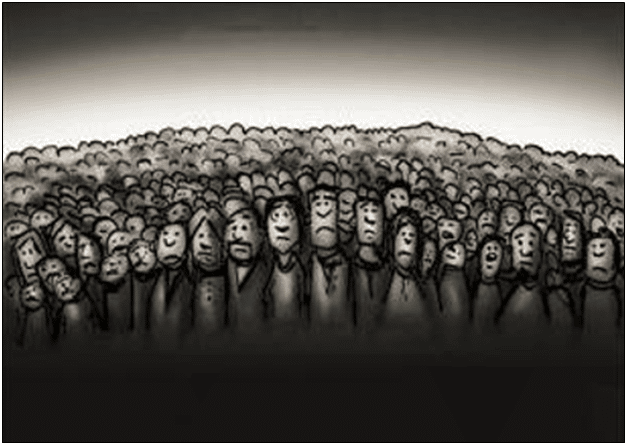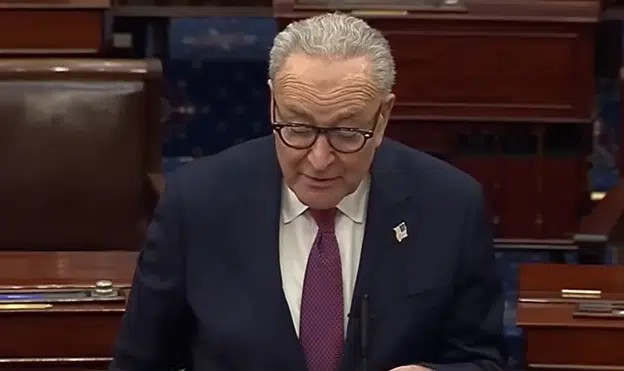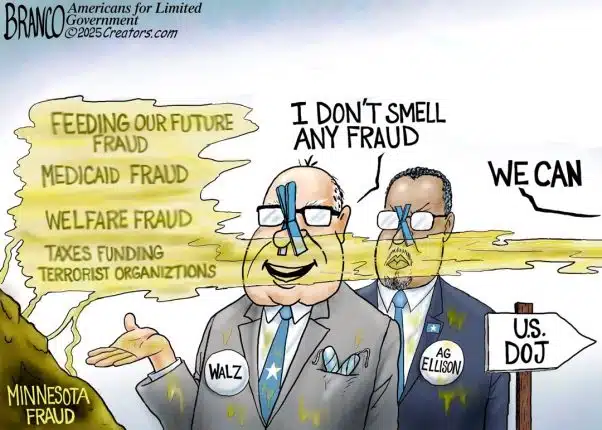
The Bureau of Labor Statistics finally got around to publishing the September unemployment report following the government shutdown, with the unemployment level once again increasing by 219,000 to 7.6 million, an increase of 1.85 million since January 2023. The unemployment rate rose to 4.4 percent, its highest level since November 2021.
This is what usually happens as the economy unwinds from peak inflation that was seen in June 2022 at 9.1 percent under former President Joe Biden, hitting a low of 2.3 percent in April and back to about 3 percent in September.
Next year, Federal Reserve economic projections from September have the inflation rate once again declining to 2.6 percent in 2026 and 2.1 percent in 2027. It has 2026 unemployment pegged at 4.4 percent on average, although the range has it getting as high as 4.6 percent.
To go from a low in the unemployment rate to a high takes about 21 months, usually during or after a recession, correlating with the periods of disinflation.
The record for increasing unemployment in modern history was 39 months, from 1989 to 1992, and we’re at 33 months now. Here are all the examples:
In May 1948, unemployment was at a low of 2.1 million and by October 1949 it increased 2.8 million and peaked at 4.9 million, or 7.9 percent, taking 17 months to get there.
In May 1953, unemployment’s low was at 1.59 million and by September 1954 it increased 2.3 million and peaked at 3.9 million, or 6.1 percent, over 16 months.
In March 1957, unemployment’s low was at 2.5 million and by July 1958 it increased 2.6 million and peaked at almost 5.1 million, or 7.5 percent, over 16 months.
In February 1960, unemployment’s low was at 3.3 million and by May 1961 it increased 1.7 million and peaked at 5 million, or 7.1 percent, over 15 months.
In December 1968, unemployment’s low was at 2.68 million and by December 1970 it increased 2.3 million and peaked at 5 million, or 6.1 percent, over 24 months.
In October 1973, unemployment’s low was at 4.1 million and by May 1975 it increased 4.3 million and peaked at 8.4 million, or 9.0 percent, over 19 months.
In May 1979, unemployment’s low was at 5.8 million and by July 1980 it increased 2.56 million and peaked at 8.36 million, or 7.8 percent, over 14 months.
In July 1981, unemployment’s low was at 7.86 million and by December 1982 it increased 4.1 million and peaked at 12 million, or 10.8 percent, over 17 months.
In March 1989, unemployment’s low was at 6.2 million and by June 1992 it increased 3.8 million and peaked at 10 million, or 7.8 percent, over 39 months — the longest period of increasing unemployment in the postwar period.
In April 2000, unemployment’s low was at 5.48 million and by June 2003 it increased 3.8 mllion and peaked at 9.26 million, or 6.3 percent, over 38 months.
In October 2006, unemployment’s low was at 6.27 million and by October 2009 it increased 9.1 million and peaked at 15.35 million, or 10.0 percent, over 36 months.
Finally, in September 2019 and February 2020 in the Covid recession, unemployment’s low was at 5.7 million and by April 2020 it increased 17.4 million and peaked at 23.08 million, or 14.8 percent, over 7 months.
Now, the unemployment low of January 2023 at 5.7 million has increased for 33 months to the current 7.6 million. Still not the longest but we’re getting close.
With the unemployment rate at 4.4 percent, if we were in a recession — every single one of these cycles has always ended with a recession — it might end up being the lowest unemployment rate of any recession since 1945, when unemployment peaked at 4.26 percent in May 1946, according to the National Bureau of Economic Research.
The point is that just because the unemployment rate is not above 5 percent doesn’t mean that the economy is not weakening. After 33 months of steadily rising unemployment, the economy President Trump inherited from former President Joe Biden is much weaker than thought.
One curiosity is that the employment level has been increasing steadily through the entire period of disinflation, from 158 million in June 2022 to 163.64 million in September. That might be the final shoe to drop, so it’s worth watching. Or maybe we’re getting a soft landing after all.
The good news is labor markets could be close to hitting whatever bottom there is going to be from the inflation surge. Whether it ends in a recession or not, the reality is wherever that lands — it’s been years in the making.
Robert Romano is the Executive Director of Americans for Limited Government Foundation.






